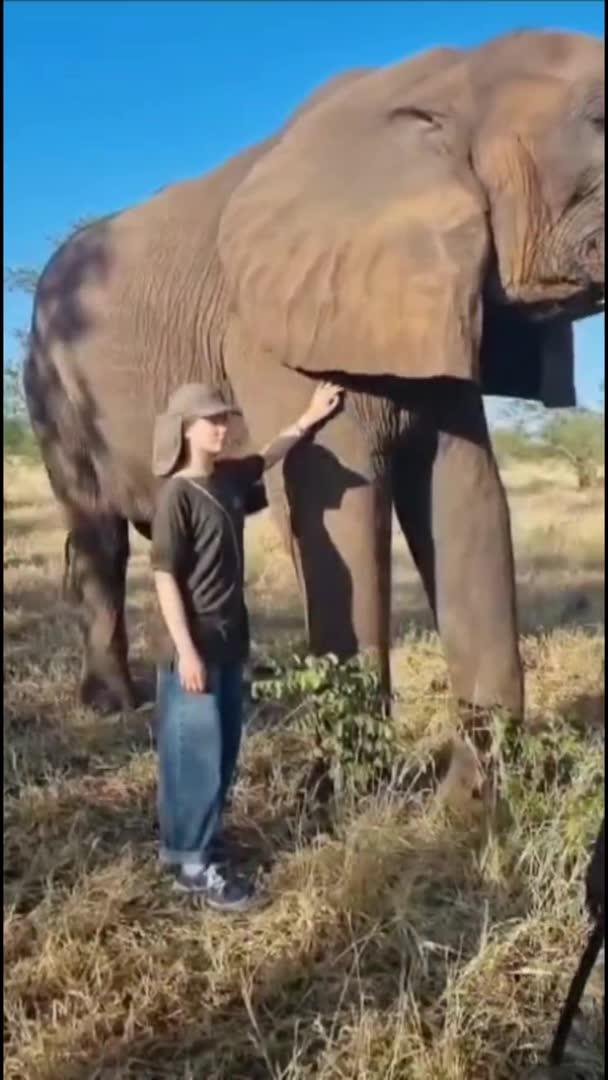
Hunting in Sud-Ubangi: Riverine Landscapes, Cultural Hunting Practices, and Wildlife Diversity Natural Terrain and Geographic Features of Sud-Ubangi Located in the northwestern part of the Democratic Republic of the Congo, Sud-Ubangi shares a long border with the Central African Republic. The province’s terrain is shaped by the Ubangi River and its tributaries, forming a network of floodplains, wooded savannas, and gallery forests. This riverine environment supports a rich mosaic of ecosystems, ideal for sustaining numerous game species and facilitating both water-based and land-based hunting traditions. Population and Hunting Involvement Sud-Ubangi is inhabited by ethnic groups such as the Ngbandi, Ngbaka, and Zande, who maintain a strong connection to their ancestral lands. In many villages, hunting remains essential for both food and identity. Bushmeat serves as a dietary staple, and hunting provides one of the few available forms of livelihood in remote areas. Skills such as an
Post: 6 August 14:56














































